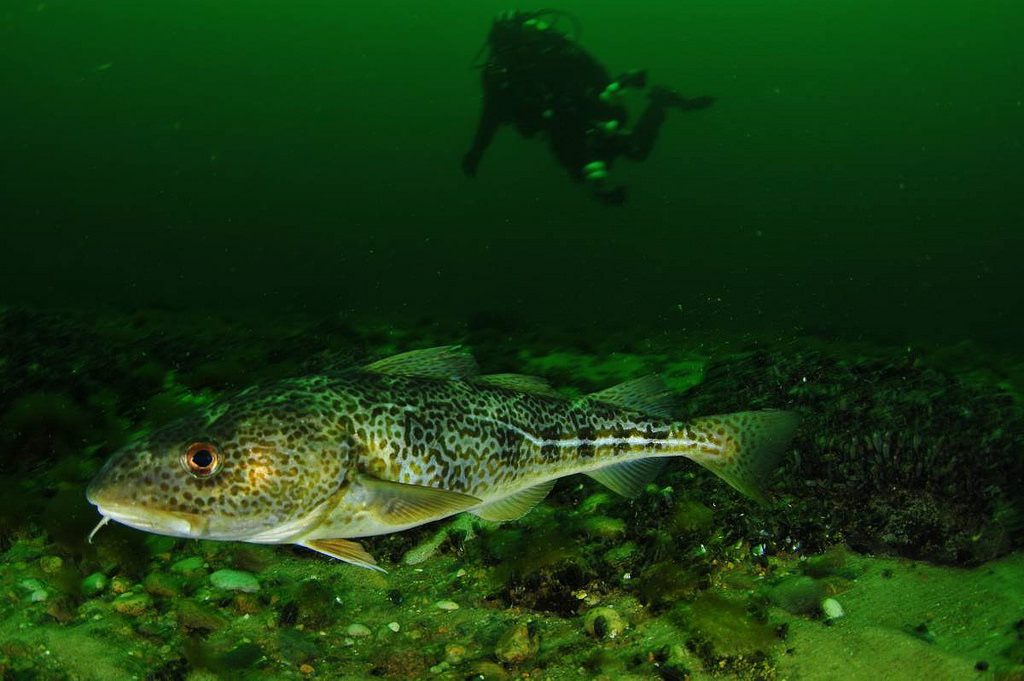Overview

Babltic Cod: Victims of Overfishing
At present, western Baltic cod are being overfished and the stock is showing signs of very low biomass levels. The eastern stock is even in a worse situation — the entire population collapsed and a temporary fishing ban was put in place in until December 2019. Unfortunately, while the ban does help, Oceana stresses that a long-term action is needed to gaurantee that the cod population here recovers properly.
Learning from the Past
We’ve seen it happen before: The cod fishery collapse in New Foundland, Canada in the 90s is a textbook example of fisheries mismanagement. It took over 25 years before the first small signs of a fragile recovery appeared; we needn’t such a gamble in the Baltic Sea. Instead, let’s follow the example from the North Sea, where after years of overexploitation, the North Sea cod is now on a good path to recovery thanks to better management.
The Baltic Sea Fishery
The Baltic cod stocks are divided into the western and eastern stock, separated by the island of Bornholm. The main commercial fishing targets in the Baltic are cod, herring and sprat. Fishing vessels from all nine countries in the Baltic region operate in this sea, with the highest number of large vessels (longer than 12 m) coming from Sweden, Denmark, and Poland.
Bottom trawls are the main gear used in Baltic demersal fisheries, while mid-water trawls are the main gear in the pelagic fisheries. Demersal fishing effort has substantially declined since 2001.
The Baltic Sea’s fisheries management is under the EU Common Fisheries Policy (CFP) and, in case of Russia’s fleet, the Russian legislation. The EU fleet’s fisheries management system includes input from i.a. the Regional Baltic Sea Fisheries Forum (BALTFISH), consisting of all eight EU member states surrounding the Baltic Sea (Poland, Germany, Denmark, Sweden, Finland, Estonia, Latvia and Lithuania) and the Baltic Sea Advisory Council (BSAC), which is a EU funded advisory body dealing with fisheries management issues.
Cod (Gadus morhua)

Cod is a highly important fish species in the Baltic, both environmentally and commercially. This benthopelagic species can be found in a wide variety of habitats, ranging from the coast to deeper areas. Cod is an omnivorous species and its diet consists of invertebrates and fish, including its own juveniles. The Baltic cod stocks are divided into the western and eastern stock, separated by the island of Bornholm.
MORE INFORMATION:
- ICES advice on Western Baltic Cod fishing opportunities for 2017
- ICES advice on Eastern Baltic Cod fishing opportunites for 2017
- European Commission Proposal on fishing opportunites for the Baltic Sea in 2017 (update: 27/9/2016)
- EU Baltic Management Plan


